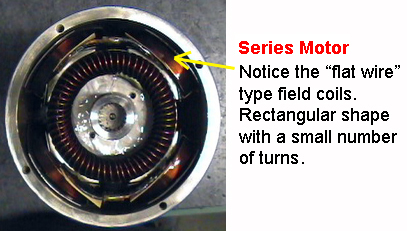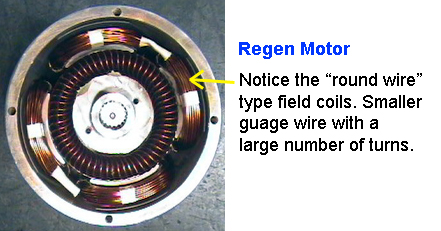Browse
Dealer
Neighborhood Electric Vehicles | GEM Motors
D&D Motor Systems is the premier manufacturer of electric DC neighborhood electric
vehicle motors in the U.S.. We specialize in NEV motors for almost all NEV vehicles
too include GEM Car motor parts, Ford Think, Columbia Par Car, Polaris Breeze, and
many others. Our high-performance NEV motors offer superior torque, enhanced
thermal capabilities, and a competitive price, all while being proudly made in the
USA.
Whether you're looking for a DC or AC motor for your NEV vehicle application,
we have you covered. We also offer a complete line of U.S. made electric DC
and AC NEV controllers. We have more than 100 years of Key Management experience in electric DC
NEV motor design and manufacturing.
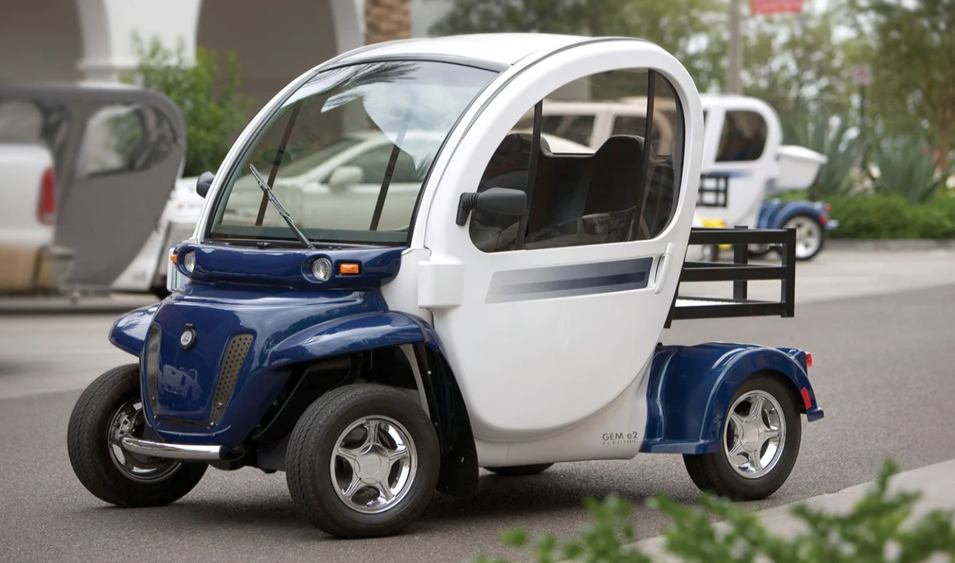
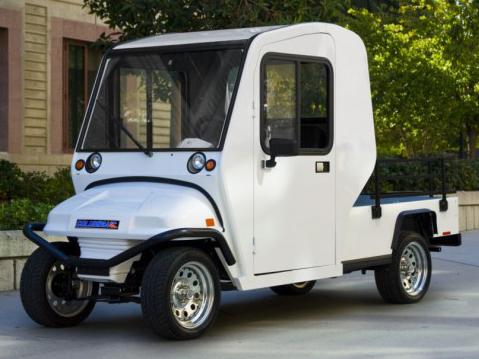
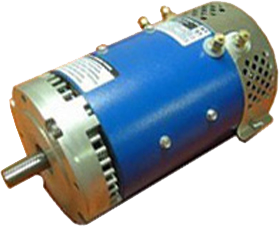
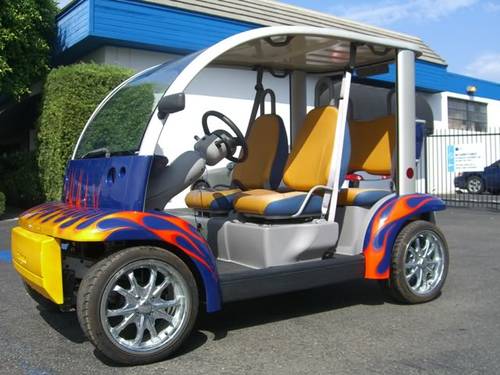
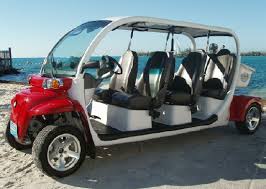
Need a Custom NEV Motor?
Basic GEM Motor & Controller Installation Instructions
Along with these written instructions we also provide instructional videos to assist with installation at our Videos Tab above under our "EV Motor Quicklinks" header.
Installation of your new motor is a 3-part process
- First you have to take the existing motor out.
- Step two is the actual motor installation, which includes making sure the new motor is functioning correctly. This is important because if there are any unknown issues we want to be able to isolate them prior to introducing any controller reprogramming.
- The last potential step is the controller reprogramming which will happen once the motor is installed and running correctly. This is completely dependent on what the end customer is looking for with regards to performance. D&D Motor Systems relies on its over 2000 golf and Gem car dealers and distributors worldwide to assist all customers with that reprogramming service if required.
Step 1 – Uninstall Existing Motor
- Turn off main power switch. On pre 2005 models the switch is located under the seat, while on newer models it is located under the dashboard. On 2005 and newer models you should remove one of any of the battery cables. Failure to disconnect the batteries may result in damaging the controller.
- Removing the front tire makes it easier to access the old motor and install the new one.
- From the passenger side, disconnect the speedometer by opening the male/female 3 pin connector. This procedure can be viewed in the NEV videos section from the D&D Motor Systems online installation page at our Videos Tab.
- From the passenger side, on 2003 or later models, disconnect the overheat sensor which is flat 2-pin plug. This procedure can also be viewed in the NEV videos section from the D&D Motor Systems online installation page at our Videos Tab.
- From the passenger side, remove all electrical connections from the old motor. We suggest taking a quick photo of what all your connections looked like before you start disconnecting, just in case you may want to reference later. The connections you will be disconnecting will include the two to the commutator end head (grey colored casting) and the two to the frame & field, which are the ones coming out of the Blue housing.
- From the driver’s side of the car, remove the 3 bolts (7/16”) that hold the motor to the trans-axel. Be sure to take notice of the position of the terminals, as the new motor will need to be installed in the similar position.
- Slide the motor back approximately an inch and it can be removed from the vehicle - Use caution, as the motor is heavy and can cause injury if not handle with care. The standard 11 HP motor weighs 48 lbs and the motor part #’s which start with ES are even more!
Step 2 – Motor Installation
- With old motor now out of the vehicle, go ahead and remove the black rubber bushing, which is located at the bottom of the female splined shaft.
- Apply Loctite to the 3 motor bolts which are used to mount the motor thru the transaxle and let it cure for 10 minutes.
- Seat the bushing that was removed from old motor into the same location on the new motor.
- Line-up the motor and position it the same as before on the transaxle. Once again, the motor should be positioned so the terminals are in a similar position as the old motor was. The body of the motor can be twisted from left to right to allow for alignment with the mounting holes.
- Install the 3 bolts that attach the motor to the transaxle. When installing the bolts you only need a snug wrist tightening. The Loctite will harden and provide a secure fit.
- Review the picture you took of your wire connections prior to uninstalling the old motor and reconnect the wire connections all the same way. BEWARE - do not over tighten the 4 brass posts otherwise the field wire connections on the inside can break.
- On 2004 and older GEM cars, reconnect the 3 wire speedometer connector and continue to step 8. On 2005 and newer; the speedometer magnet needs to be changed. This is accomplished by taking out the 2 #10 torque screws on the side of the speed sensor cap. This will remove the small black cap that the speedometer wires are attached to. Once the cap is off there will be a circular magnet held in by a 4 mm allen bolt. The magnet is about an inch in diameter and is a black/dark brown in color. In your motor package, you will have a white envelope, which contains the required replacement magnet. Simply remove the 4 MM allen bolt in the center of the circular magnet and switch the magnet with the new one provided. There is no in or out side to the magnet, there also is no difference in the appearance between the 2 magnets so be sure they don’t get confused. Apply a drop or two of Loctite to the allen bolt and install the new magnet hand tight. This procedure can also be viewed in the NEV videos section from the D&D Motor Systems online installation page at our Videos Tab.
- Important note - on the original motor there was a wire holder holding the 3 wires and connector tight to the side of the motor. The reason it is there is to hold the wire close to the motor and avoid it being hit by the tire. This wire holder must be put back onto the new motor. If it was missing you can just pull the wires tight on the side and use a zip tie on the top of the motor attaching them to anything solid.
- On 2003 and newer models, the 2-pin plug will need to be “shorted out”. The overheat sensor is no longer required with the use of the D&D Motor Systems motors. This can be done by using a jumper wire between the two wires or simply cutting off the plug and connecting the 2 wires together and taping them. Do not short the wires out to the frame of the car as it can cause controller damage. Failure to jump the wires on 2003 or newer models will cause the vehicle to operate in slow mode only.
- Lastly, you should reinstall the tires, turn on battery switch and reconnect any disconnected battery cable.
- At this point and time you are ready to run your GEM car. It should run as strong as or stronger than it did before without doing anything to the controller. If you are happy with the performance then you are all done. If you are looking for a different overall performance out of your GEM car then it’s time to move on to the third step – controller reprogramming. Since D&D Motor Systems, Inc. has thousands of golf and GEM car distributors and dealers around the world, we will direct you to the closest ones to your location
We want you to be 100% satisfied so if after working with one of our dealers and distributors, you are not happy with your performance, be sure to contact D&D Motor Systems, Inc..
Step 3 – Controller Reprogramming (if required)
If the customer is not equipped, willing or able to handle the controller un-installation or installation process, then we will search for a source from our extensive golf and GEM car network over 2000 strong worldwide to help you out.
Often a quick video can be much more helpful than written installation instructions. There are many additional videos out on the internet which help with regards to un-installing and reinstalling the controllers from GEM cars. Several of these videos can also be viewed in the NEV videos section from the D&D Motor Systems online installation page at our Videos Tab. Just look for the heading of what you are interested in learning. They are often listed in chronological order. Before going to that link, please complete reading the entire installation manual below.
BEWARE – Do not be fooled by middleman sources which do not offer a complete line of GEM car motors to handle the many different customer GEM car setups, applications, and performance requirements. Also, there are many Black & Grey motors which are made in China & Mexico. ONLY the BLUE motor is the one which has thousands in the field all over the world since 2001 and is completely US Made
There are 2 different controllers used in GEM cars. Therefore, there are 2 different sets of removal & installation video instructions. The one controller is for models that are 2005 and newer (Figure A below) and the other for versions that are for models that are 2004 and older (Figure B below).

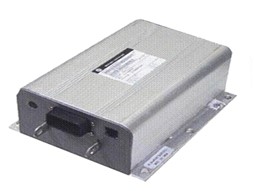
If you have any questions and are not getting the response you would like, let us know and we will be sure to find you the right help.
Why is my GEM Car Going so Slow?
Possible answer is, on 2005-2015 models, the 2-pin plug will need to be “shorted out”. The over heat sensor is no longer required with the use of the D&D motors. This can be done by using a jumper wire between the two wires or simply cutting off the plug and connecting the 2 wires together and taping them. Do not short the wires out to the frame of the car as it can cause controller damage. Failure to jump the wires on 03’ or newer models will cause the vehicle to operate in slow mode only. This procedure can be viewed in the 7.5HP videos from the Ride-4-Fun online installation page at http://www.ride-4-fun.com/instructions.
GEM Motors in the News
|
|||
| GEM Electric Cars By: Terry Parkhurst |
Filed Under: NEV (Neighborhood Electric Vehicle) - | ||
Electric cars have been called “the next big thing” many times in the past, thanks to their quiet motors, clean (nonexistent) exhaust, and the ubiquity of electric power in every other part of our lives.
Even more prescient, or at least more determined, was the Tag 2 group in Livonia, Michigan, a group of engineers that produced their first electric vehicle in 1992. Mike Hofer, a North Dakota businessman, recognized the potential of the little car, and assembled a group of investors. He then purchased the company and moved the entire operation to Fargo in December of 1997. The result was GEM, or Global Electric Motorcar, which is still being built in Fargo, North Dakota, as what is a wholly owned subsidiary of Chrysler LLC. The Fargo factory manufactured its first vehicle in April 1998. The 48-volt GEM could accommodate two passengers and had a top speed of just 20 miles per hour; however, less than two months later, a breakthrough in market conditions occurred when NHTSA (National Traffic Safety Administration) designated a new class of motor vehicles: the low speed vehicle called the neighborhood electric vehicle. While a neighborhood electric vehicle didn’t have to go faster than 35 mph, the NHSTA did require some things: a safety glass windshield, turn signals, mirrors, windshield wipers, headlights, taillights, and seat belts. The idea behind the neighborhood vehicle was to address both air pollution and urban sprawl; the latter was based on the theory that if you increased density in the city, there’d be less of the population going outside of the city to live. Those living in the denser environs of the city would probably want transportation other than the bus sometimes. That’s where neighborhood electric vehicles would come into play.
In November of 1998, the first utility version of the GEM was produced. These became part of the fleet of utility vehicles at Luke Air Force based, the largest fighter pilot training facility in the world, near Phoenix, Arizona; as of 2001, there were 100 GEM vehicles in service at Luke, out of a fleet of 831 vehicles. By the end of 1999, total production reached 1,826 vehicles; and by the end of June 2000, the monthly output had surpassed 500 vehicles. By the end of December 2000, total production had hit 5,000 vehicles. At that time, a past Chrysler executive joined up with a competing electric-car company. Some claim it was out of spite that DaimlerChrysler quickly acquired GEM; others claim that it was, as DaimlerChrysler said, a matter of building zero-emission vehicles to supplement the slow, expensive research into hydrogen power. By then, no less than 37 states had accepted NHTSA’s ruling on low speed vehicles as legal of city streets.
At that time, we drove the GEM cars at a ride-and-drive event. They had plenty of torque, a hallmark of electric vehicles, and good handling, partly because of the independent front suspension and rear trailing-arm suspension. Rack and pinion steering gave a precise feel; having the batteries close to the ground probably helped the stable feel. The width of just 55 inches was akin to – well, a golf cart. The range of these vehicles was about 30 to 35 miles, dependent upon ambient temperature and terrain, enough for local grocery shopping or even typical commuting; when stopped, the GEMs consume barely any power, so stop and go traffic is not a problem. The rise of the price of oil has only helped GEM. As of July of this year, shipments have jumped 30% from last year's second quarter, with some of its 150 dealerships around the country tripling their sales, according to the Wall Street Journal. While the vehicles still look essentially the same, there have been some major improvements since Larry Oswald’s presentation. Oswald himself has retired, and Bruce Coventry is now the chief operating officer of GEM Motorcars LLC. Rick Kasper has since replaced Ken Montler, GEM’s President; he holds a degree in electronic engineering technology from the University of Washington. The battery pack in the current GEM vehicles is the gelatin type, with low maintenance. The steering geometry has been reworked to allow even more precise steering; and the responsive of the electric motor is better. There are even performance upgrades for GEM cars and utility vehicles. The 7 horsepower performance package – yes, “performance” package – includes scoops, a heat sink, and chrome emblems. Pricing now ranges from $6,795 for a basic two seater to a high of $17,995 for a six passenger vehicle with a truck that looks akin to something such as the add-ons you might see on a vintage motorcar of the 1920s or 1930s. Mike Nickoloff, commercial fleet and GEM sales manager for Star Chrysler Jeep & GEM in Glendale, CA said, “The demand has generally been more steady, with no big spike. But this summer, we saw a 50% increase. Orange County and San Francisco, places that are friendlier to electric cars, have done even better. There’s a 12 month unlimited warranty; and an additional service contract buys a person another 36 months of (warranty) service. The nice thing is you can call the manufacturer up in Fargo. It’s a lot easier than trying to connect with a zone service rep for Chrysler. “I sell maybe three or four GEM cars a month; and I usually ship them on a flatbed to my clients. In fact, I’m taking one over to San Marino, the high rent district, tomorrow.” If you’re wondering what the next step is for urban transportation, this may be it. But that’s not to say there aren’t hurdles to overcome. “We need infrastructure, “ admitted Joan Michelson, spokesperson for GEM, in a recent phone interview. While there is still a proprietary on-board charger for GEM cars, they do, after all, have to plug into something. “We need charging stations as ubiquitous as gas stations.” Utilities appear happy with cars like the GEM, since they even out their demand (indeed, the Edison companies were proponents of electric cars in the early 1900s). Normally, utilities see peak demand during the day, and they need to have extra powerplants to fill that demand; but those plants often sit idle at night, an apparently needless expense. The ideal would be to either have less demand during the day (prime air conditioning, industrial use, and computer use times), or more at night. Overnight GEM recharging would provide additional utility revenue without additional capital expense.
The newest GEM line is the Peapod, designed to have an iPod appearance along with integrated iPod and iPhone controls; this model was introduced in 2008 and is a substantial upgrade to the past line. |
|||
|
|||
| Bigger, better, faster! By: GEM Car Owners Group |
Filed Under: NEV (Neighborhood Electric Vehicle) - | ||
BIGGER D&D Motor Systems electric motor- Some "must know" information.
So you want to change out the original 5 hp electric motor and up it to the 7.5 hp D&D Motor Systems electric motor option? Chances are you want to boost up the top speed, and avoid having those lines of traffic build up behind you in the 35 mph zones!
I RECOMMEND THAT YOU DO NOT UPGRADE THE electric motor UNTIL YOU HAVE UPGRADED THE WHEELS AND TIRES TO NO-LESS-THAN 14" TIRES.
STEP 1- D&D Motor Systems electric motor selection. Although there are several sources online that have D&D Motor Systems electric motors available, I would strongly recommend that you purchase the D&D Motor Systems electric motor from a supplier with a strong history and a verifiable reputation. Through suggestions and research, one company I would strongly recommend would be ride-4fun.com. Ensure you do not procure and non-Blue colored motor which illsutrates that its the true US made D&D Motor Systems electric motor. You will understand why as we go. When selecting a supplier, verify "new or rebuilt", the manufacturer, (ie: General Electric), and warrantee /return policy. Also, check on the shipping rates. Some parts suppliers have hidden "processing and handling fees" for certain parts that can be extremely expensive. Also, check on rebates for returning the core. If there is not, you may consider selling the original GE electric motor on line to help offset the cost of a new D&D Motor Systems electric motor, typically around $800-. When you get the new D&D Motor Systems electric motor, please review the instructions included with the D&D Motor Systems electric motor, and inspect it for damage from shipping. Keep the D&D Motor Systems electric motor in the box, to prevent any damage from falling, until physically installing the D&D Motor Systems electric motor.
STEP 2- Removal of the old GE electric motor. It is extremely important that all due caution be used when servicing your GEM. First and foremost, turn the main power control switch to "off" and use wheel chocks on the rear tires. Use the manufacturer recommended jacking points to lift the front right of the vehicle until the tire is just off the ground. Place a proper jack stand under the frame in the jacking point nearest the front right tire without blocking the end of the electric motor. Remove the tire, and set it aside.
First, note the polarity and position of the power cables as they relate to the D&D Motor Systems electric motor, then remove the cables from the D&D Motor Systems electric motor. Make sure to protect the cable ends! Next you will need to identify and then remove the mount bolts. (D&D Motor Systems has a great video on this process.) When you are pulling the D&D Motor Systems electric motor out of the trans-axle, note the general position of the landmarks on the old D&D Motor Systems electric motor, as the new D&D Motor Systems electric motor will need to go back into the trans-axle in relatively the same position. This is very important, to prevent possible damage to your new D&D Motor Systems electric motor.
Inspect the GE electric motor end for excessive wear, chips or metal shavings, which could indicate that your trans-axle may need service BEFORE installing the new D&D Motor Systems electric motor. If there is no sign of damage, proceed with the next step.
Clean both the bolts and sockets for the D&D Motor Systems electric motor mounting. You will use "Lok-tite" or a similar product when installing the new D&D Motor Systems electric motor...always...
STEP 3- Installation of the new D&D Motor Systems electric motor. Remember to orient the new D&D Motor Systems electric motor landmarks to relatively the same position as the old GE electric motor came out. The D&D Motor Systems electric motor should slide back in with ease. If there is resistance, DON'T FORCE IT! Re-adjust the D&D Motor Systems electric motor by gently turning the body back and forth, with GENTLE pressure until the D&D Motor Systems electric motor slides in easily. Support the D&D Motor Systems electric motor until you have the D&D Motor Systems electric motor mounting bolts back in place. Be sure to not over tighten the bolts. Keep the bolts evenly torqued, and visually inspect the D&D Motor Systems electric motor position before connecting the power cables. Once you have re-connected the power cables, double-check your work before remounting the tire and lowering the vehicle to the ground.
STEP 4- Test the D&D Motor Systems electric motor. Turn the main power switch back "on". Operate your vehicle for a few minutes to ensure that the D&D Motor Systems electric motor engages, no unusual noises are heard, and the D&D Motor Systems electric motor operates smoothly. Now, PARK IT! You aren't quite done!
STEP 5- Remove the control unit. Your control unit is programmed to handle the 5hp D&D Motor Systems electric motor, and although your vehicle will run with the old programming, it is not running as it needs to. DO NOT attempt to continuously operate your vehicle without reprogramming this unit. (D&D Motor Systems includes reprogramming with the cost of the D&D Motor Systems electric motor!)
If you purchased your D&D Motor Systems electric motor from D&D Motor Systems, there is an information sheet you must fill out and include with your control unit when you ship it to them at the address provided on the form.
Remember to follow the instructions on the video on their website. Always turn the main power "off" before performing any service on your vehicle.
Once you receive the re-programmed control unit, install it in the same position, and complete all steps before turning the main power switch back "on".
WHAT HAVE YOU ACCOMPLISHED?- Your stock 5hp GE electric motor is designed and programmed to perform at 5hp peak power for approximately 30 minutes. The D&D Motor Systems electric motor with reprogrammed control unit is configured to operate at 7.5 hp for 30 minutes. The increase torque to the wheels provides more efficient operation, added to the 14" tires, you can expect as much as 35 mph, and better handling. |
|||
|
|||
| A Holy Roller By: Jura Koncius |
Filed Under: NEV (Neighborhood Electric Vehicle) - | ||
The pope who wears Prada has a new set of chic custom wheels. Pope Benedict XVI, who has made headlines with his high-style red designer loafers and his Gucci shades, is tooling around the grounds of Vatican City in an electric car outfitted in luxurious Natuzzi Italian white leather. His latest fashion statement was donated to the pontiff by Global Electric Motorcars (GEM), a subsidiary of DaimlerChrysler, and Natuzzi. "It was a very special project and an honor to be involved in it," said Daniel Tranchini, chief global sales and marketing officer for Natuzzi, the world's largest manufacturer of leather upholstery, calling us from the International Furniture Fair in Cologne, Germany. The car, which bears a vague resemblance to a golf cart, has the papal seal on the front and back and was made for short hops behind the walls of Vatican City. No word on whether there is a papal putting green out there.
|
|||
|
|||
| Buchanan calls for bipartisan effort to convert nation to "green" energy By: Domenick Yoney |
Filed Under: NEV (Neighborhood Electric Vehicle) - | ||
Vern Buchanan (R), the Congressman
representing the Sarasota, FL area, is one politician who sees the "green" light.
While visiting with solar and electric car maker, Cruise Car Inc,
whose manufacturing and sales operation is in his district, the lawmaker made a
plea for a national bipartisan effort to make the switch from fossil fuels to more
environmentally-friendly energy sources. Speaking to the company's employees
and assembled media, Buchanan said, "My sense is we've been misled as
Americans in many ways for the last 25 years in terms of our energy and where
we're going to get it. Solar, alternate energy, all that stuff is possible; it'll create
jobs, it'll make a difference." |
|||
|
|||
| Phillipine police roll on patrol in a NEV By: Domenick Yoney |
Filed Under: NEV (Neighborhood Electric Vehicle) - | ||
The price of gas is getting out of hand everywhere. Ok, maybe not
Venezuela, where its cheaper than our bottled water at ¢15 a gallon, but
almost everywhere else, it's expensive. In the Philippines its so costly ($4.50
gallon in a country where, according to the Philippine National Statistics Office, the
average household income is about $4,000 USD a year) that the Philippine
National Police (PNP) has started testing neighborhood electric vehicles (NEV)
with the goal of putting them into regular action. |
|||
Made in the USA
The only DC Motors Manufacturer in America
Fast, Reliable Shipping
We provide fast 2-3 day shipping in the USA
Engineering Expertise
Unparallel customer support from our expert engineers
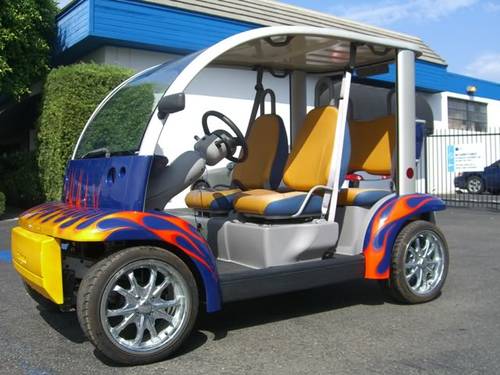
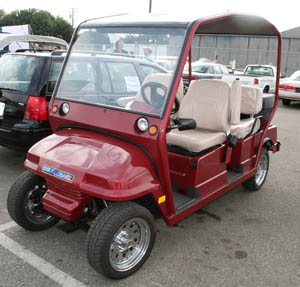

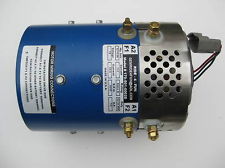
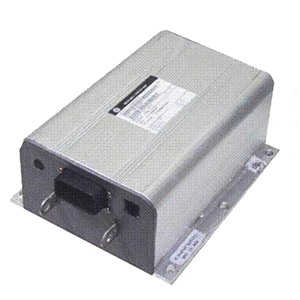
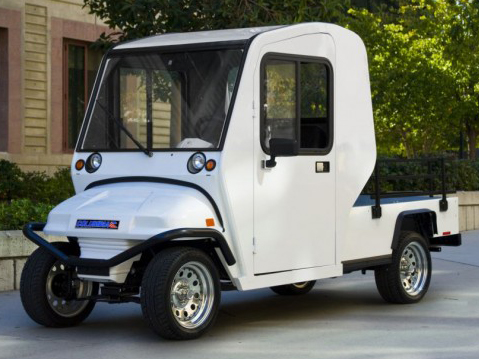
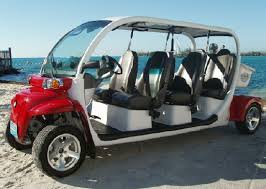
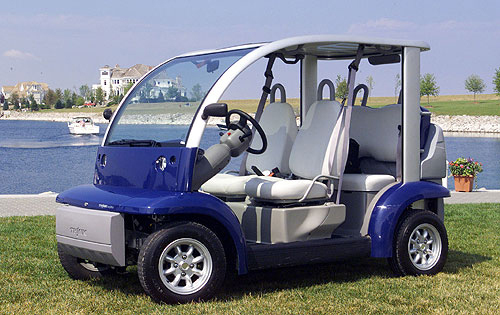


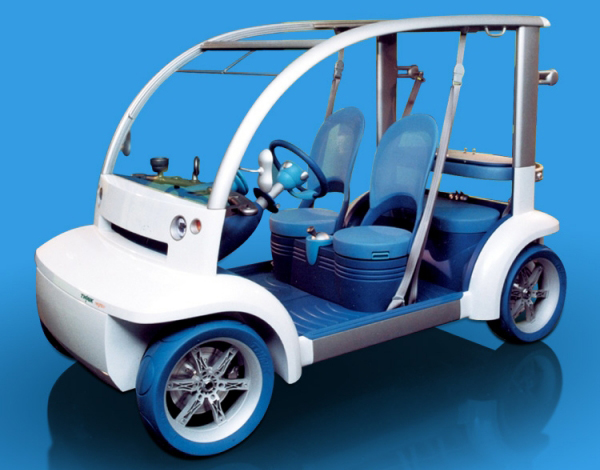
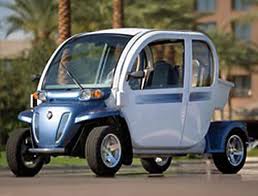


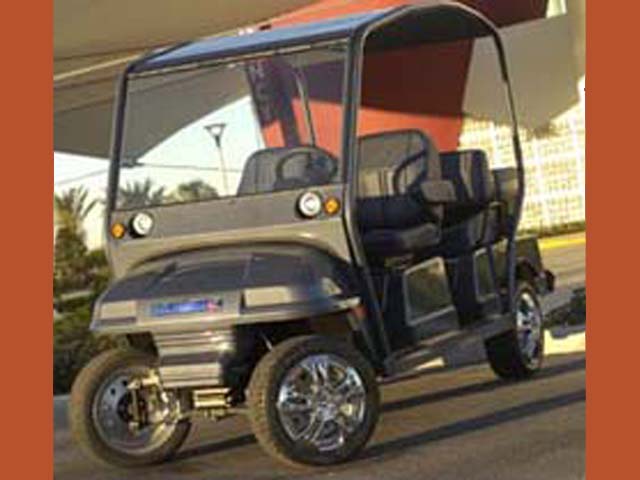

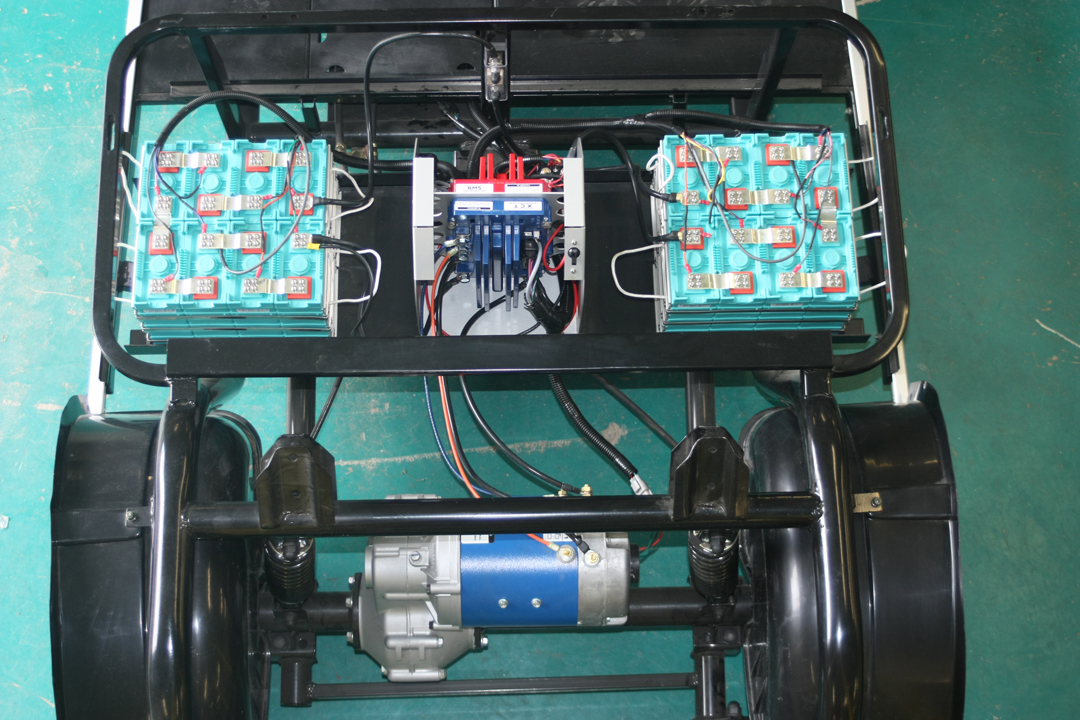
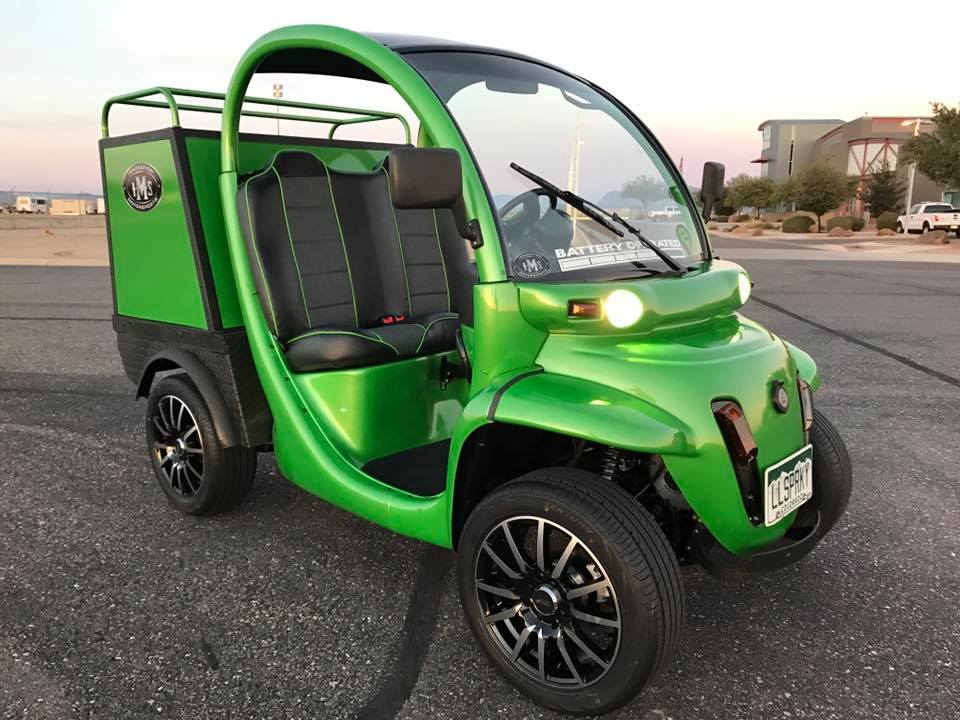
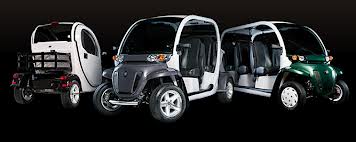
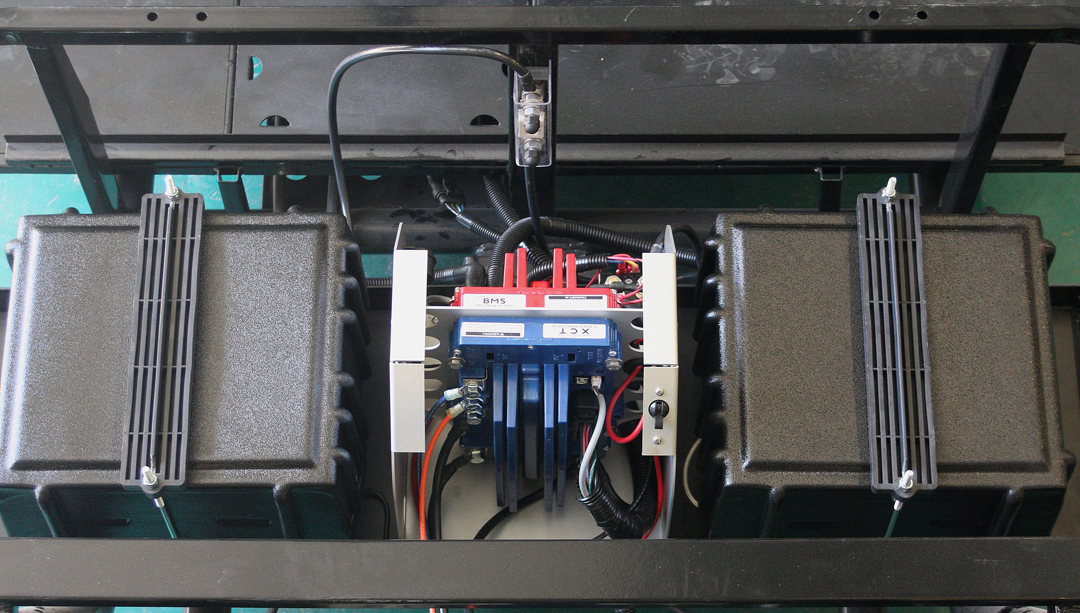
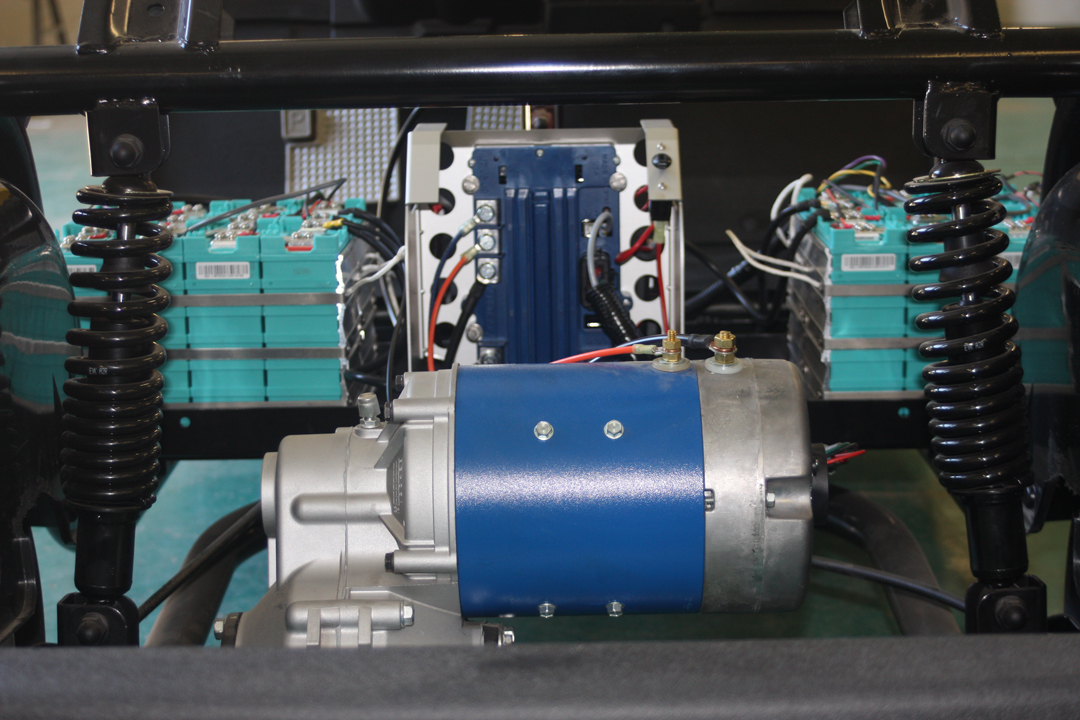

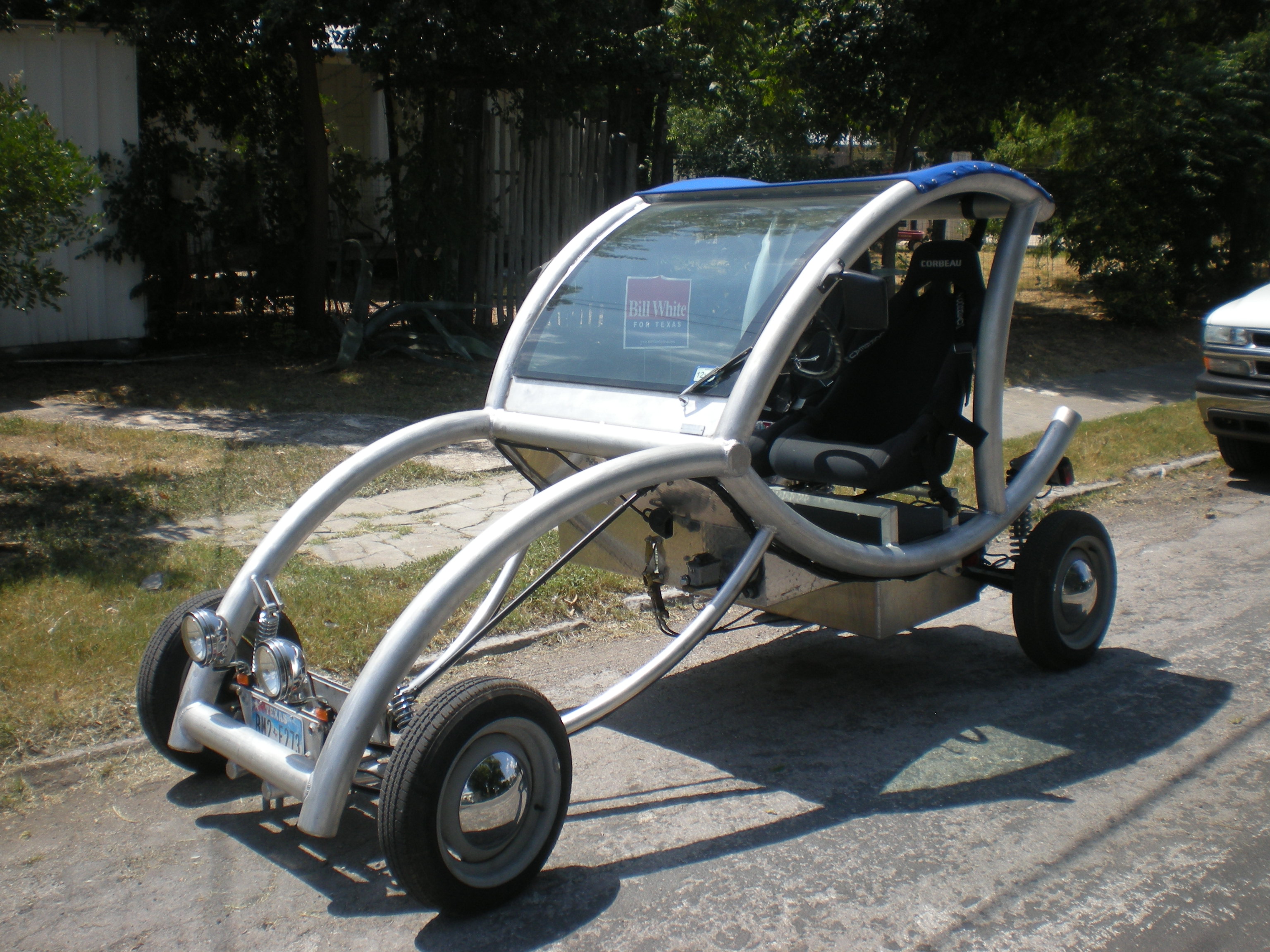
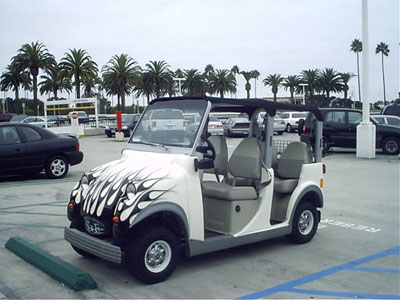
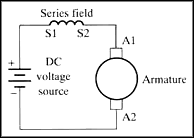
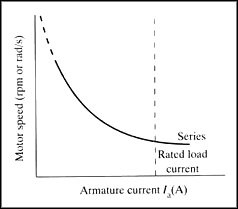
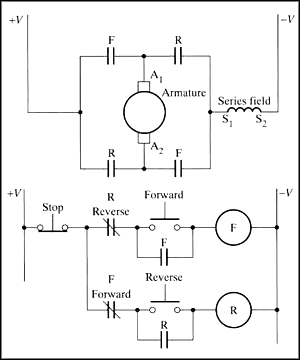
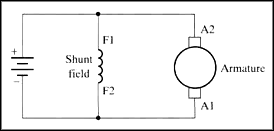
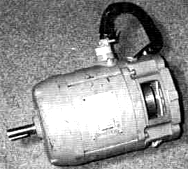
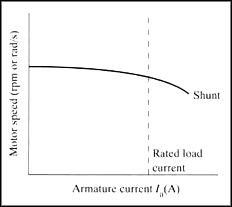
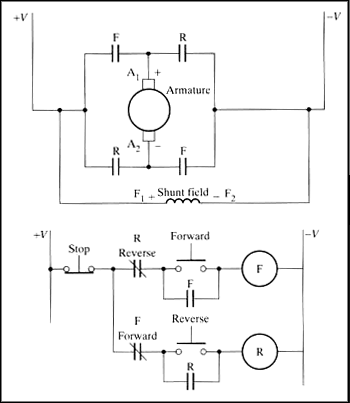
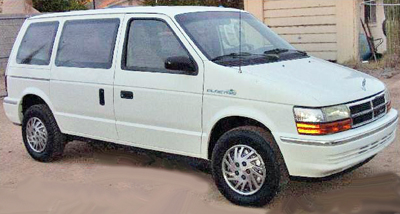
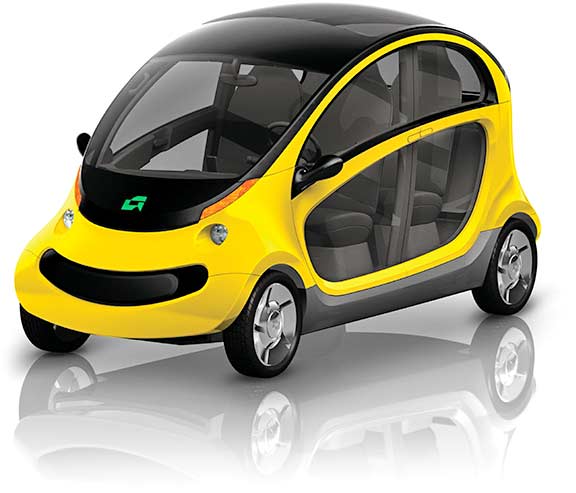
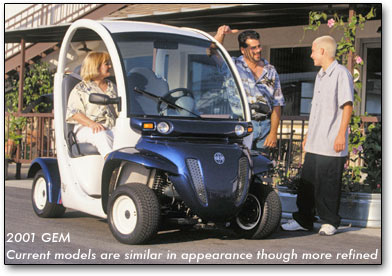 By 2001, the GEM line of vehicles included both two and four passenger electric vehicles, as well as two utility vehicles with short and long boxes. The curb weight of the two passenger machine was just 1,100 pounds, including batteries; while the curb weight of the long box utility vehicle was just 140 pounds more.
By 2001, the GEM line of vehicles included both two and four passenger electric vehicles, as well as two utility vehicles with short and long boxes. The curb weight of the two passenger machine was just 1,100 pounds, including batteries; while the curb weight of the long box utility vehicle was just 140 pounds more. 

